FAQ & Downloads
As someone who isn’t that well versed within the world of IoT, some lingo may be a bit hard to understand or be confusing. With this FAQ page, we would like to explain these words and describe them in an understandable way to make sure everyone has the right knowledge to get started with IoT!

Frequently asked questions
- What is IoT?
- What is an API?
- What does 'zero energy' mean?
- What is a Digital Twin?
- What does 'end-of-life' mean?
- What does 'interoperable' mean?
- What does 'vendor neutral' mean?
- What does 'multiprotocol' mean?
What is IoT?
The abbreviation IoT stands for Internet of things. You could hang up sensors endlessly in your building but still not get any wiser about occupancy or indoor climate. This is because sensors can’t just tell you what they measure. There are a few extra steps in between. The data of the sensor must first be read by the gateway that will then save the information, through the help of an API, in a generic cloud environment. After this, the information is readable through desktop or app for the end user.
SWYCS provides a full IoT infrastructure that exists out of: A gateway, the SWYCS IoT platform and the SWYCS web portal and SWYCS app. All of these things together makes it possible to read the data from your sensors and create insights in your building.
What is an API?
An Application Programming Interface (API) is a software interface that makes it possible for two applications to interact with each other.
It connects different software to each other and create a whole. Thanks to the use of API’s we can easily order things online and purchase them. The SWYCS web portal is able to be linked to Google Calendar or Outlook through the help of an API.
Take a look at our API page for more information about our own API and if the SWYCS API Developer Program is something that could help you.
What does ‘zero energy’ mean?
The term ‘zero energy’ is increasing in popularity, but what does it mean exactly?
A zero energy home is a home that generates at least as much energy as it uses. This also makes a house energy neutral. You generate what you use, and this means saving money on energy costs.
As you can see, with our projects and partners, SWYCS provides zero energy monitoring and solutions to multiple housing corporations. Do you want to know how SWYCS can assist you with making future housing projects energy neutral? Or would you like to make an existing building energy neutral? Contact us for more information.
What is a Digital Twin?
The Digital Twin stands for a digital rendering of a factually physical product from the real world. Namely, the building and all her traits; objects, processes, environment variables, underlying relations and behavior. It serves as the actually indistinguishable digital counterpart that is used for practical purposes such as simulation, (system)integration, testing monitoring and maintenance.
This can be achieved through the SWYCS web portal or the useful SWYCS app. With this you can manage and control things remotely such as: temperature and electricity. You can also use it to see how the occupancy of the building is doing and what the indoor climate is like. Contact us if you wish to know more about what the Digital Twin could mean to you and your building.
What does ‘end-of-life’ mean?
End of life sometimes abbreviated to EOL means a product has, according to the manufacturer, reached the end of its life cycle. This product won’t be sold or promoted anymore and the active support for people who own the product already will stop.
At SWYCS we use parts of these so called end of life products. This way we make sure that parts that are still usable won’t be lost and be given a new life.
This is all in line with our sustainability policy.
What does ‘interoperable’ mean?
The term interoperable is used within the IT branch to indicate that systems can work together without any restrictions. This is also known as ‘compatibility’.
SWYCS uses open standard protocols that all work together through the use of our API. You can read more about our API at our products page.
What does ‘vendor neutral’ mean?
Vendor neutral means there is no one single vendor that has a monopoly on certain technology an organization uses. It is a term used for the IT world mostly. An advantage of being vendor neutral is that you are not stuck to a certain brand or product. This makes you very flexible, and you can always choose what is best for your situation.
The products by SWYCS are vendor neutral. This means we have a wide range for you to choose from and we work with different brands without losing functionality. Do you want to know more about our vendor neutral products? Read more about them here.
What does ‘multiprotocol’ mean?
Multiprotocol; A protocol is the language a sensor ‘speaks’. In SWYCS solutions, all common protocols within the sensor technique are supported. Because of this, every type of sensor, with their own language/protocol, can be linked to the SWYCS IoT infrastructure.
On top of this, SWYCS is also interoperable and so different protocols are connected to each other. This makes it possible for the sensors to communicate to each other even though they have different languages.
The abbreviation IoT stands for Internet of things. You could hang up sensors endlessly in your building but still not get any wiser about occupancy or indoor climate. This is because sensors can’t just tell you what they measure. There are a few extra steps in between. The data of the sensor must first be read by the gateway that will then save the information, through the help of an API, in a generic cloud environment. After this the information is readable through desktop or app for the end user.
SWYCS provides a full IoT infrastructure that exists out of: A gateway, the SWYCS IoT platform and the SWYCS web portal and SWYCS app. All of these things together makes it possible to read the data from your sensors and create insights in your building.
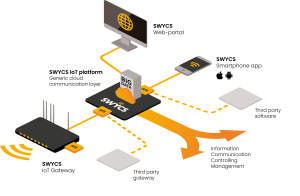
An Application Programming Interface (API) is a software interface that makes it possible for two applications to interact with each other.
It connects different software to each other and create a whole. Thanks to the use of API’s we can easily order things online and purchase them. The SWYCS web portal can be linked to Google Calendar or Outlook through the help of an API.
Take a look at our API page for more information about our own API and if the SWYCS API Developer Program is something that could help you.
The term ‘zero energy’ is increasing in popularity, but what does it mean exactly?
A zero energy home is a home that generates at least as much energy as it uses. This also makes a house energy neutral. You generate what you use and this means saving money on energy costs.
As you can see, with our projects and partners, SWYCS provides zero energy monitoring and solutions to multiple housing corporations. Do you want to know how SWYCS can assist you with making future housing projects energy neutral? Or would you like to make an existing building energy neutral? Contact us for more information.
The Digital Twin stands for a digital rendering of a factually physical product from the real world. Namely, the building and all her traits; objects, processes, environment variables, underlying relations and behavior. It serves as the actually indistinguishable digital counterpart that is used for practical purposes such as simulation, (system)integration, testing monitoring and maintenance.
This can be achieved through the SWYCS web portal or the useful SWYCS app. With this you can manage and control things remotely such as: temperature and electricity. You can also use it to see how the occupancy of the building is doing and what the indoor climate is like. Contact us if you wish to know more about what the Digital Twin could mean to you and your building.
End of life sometimes abbreviated to EOL means a product has, according to the manufacturer, reached the end of its life cycle. This product won’t be sold or promoted anymore, and the active support for people who own the product already will stop.
At SWYCS we use parts of these so-called end of life products. This way we make sure that parts that are still usable won’t be lost and be given a new life.
This is all in line with our sustainability policy.
Vendor neutral means there is no one single vendor that has a monopoly on certain technology an organization uses. It is a term used for the IT world mostly. An advantage of being vendor neutral is that you are not stuck to a certain brand or product. This makes you very flexible, and you can always choose what is best for your situation.
The products by SWYCS are vendor neutral. This means we have a wide range for you to choose from, and we work with different brands without losing functionality. Do you want to know more about our vendor neutral products? Read more about them here.
Multiprotocol; A protocol is the language a sensor ‘speaks’. In SWYCS solutions, all common protocols within the sensor technique are supported. Because of this, every type of sensor, with their own language/protocol, can be linked to the SWYCS IoT infrastructure.
On top of this, SWYCS is also interoperable and so different protocols are connected to each other. This makes it possible for the sensors to communicate to each other even though they have different languages.
Downloads
Case study Parnassia
Download the extensive case study of Parnassia.
Case study Radboud Universiteit
Download the extensive case study of the Radboud University.
Zero energy app manual
Download the manual of the SWYCS zero energy app.
SWYCS servicedesk manual
Download the manual of the SWYCS servicedesk.
Download the SWYCS app
The SWYCS app is accessible with a SWYCS account only.
Contact us for more information.
Do you still have a question?
Is there anything unclear, or do you have a comment? Contact us! We would love to have a conversation with you, especially when IoT is involved!








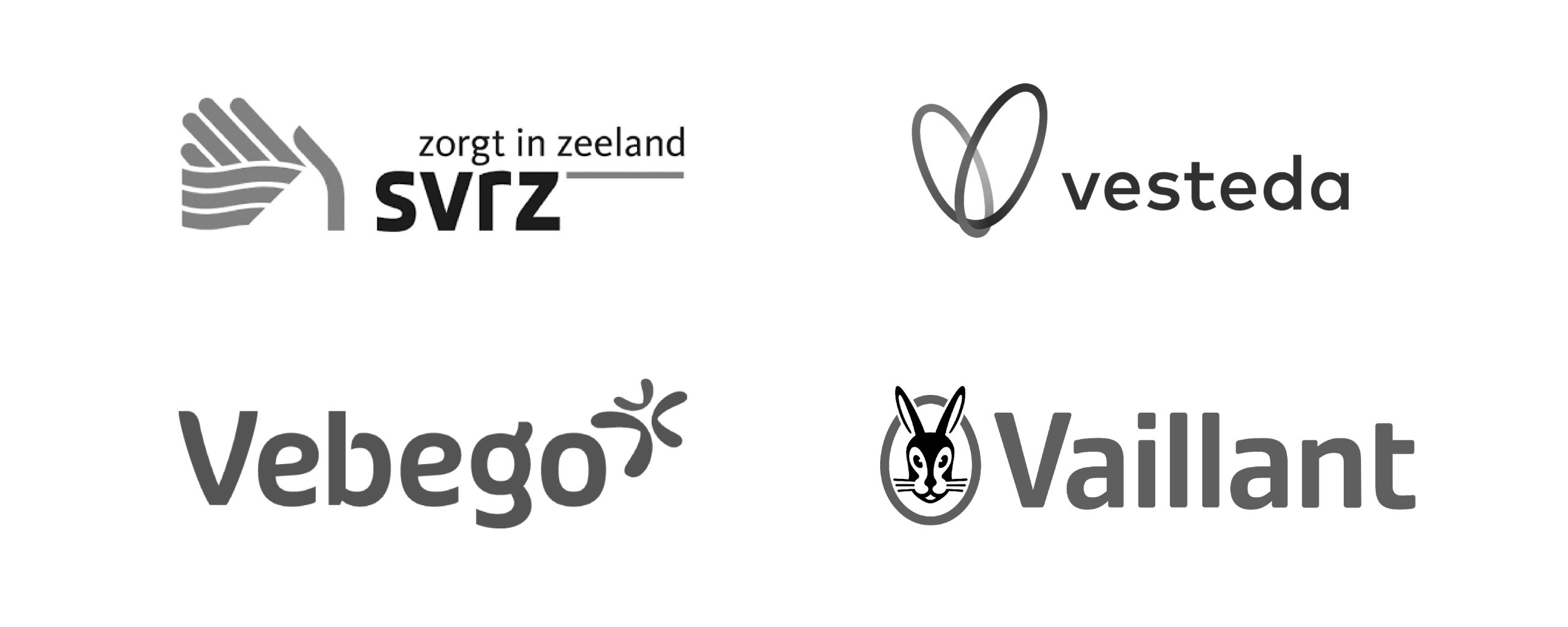
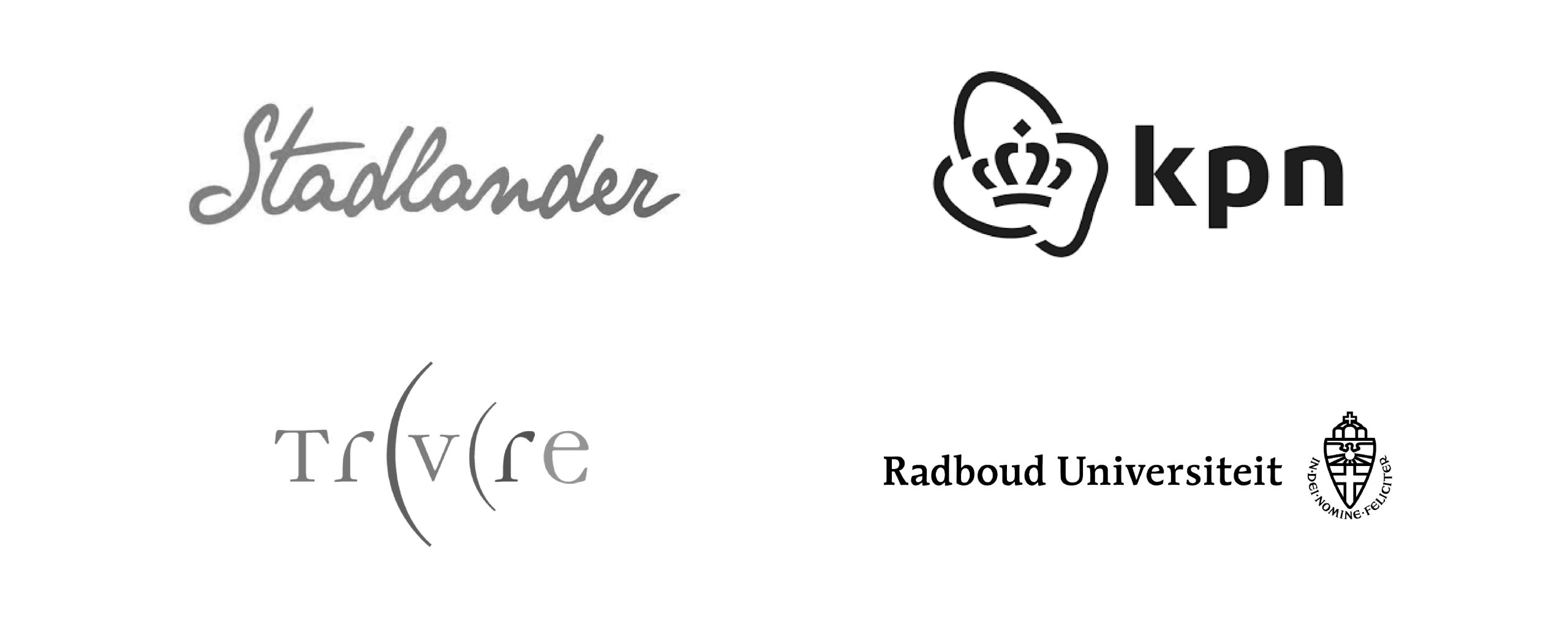
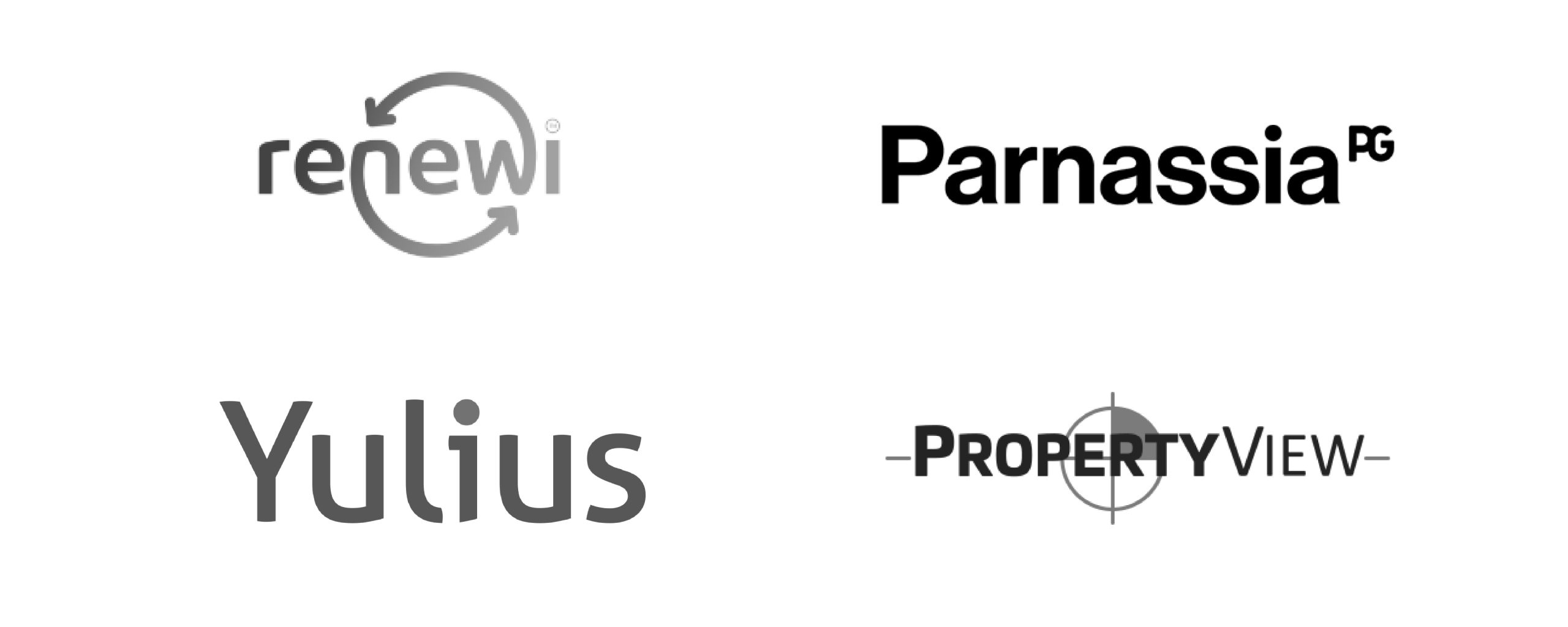
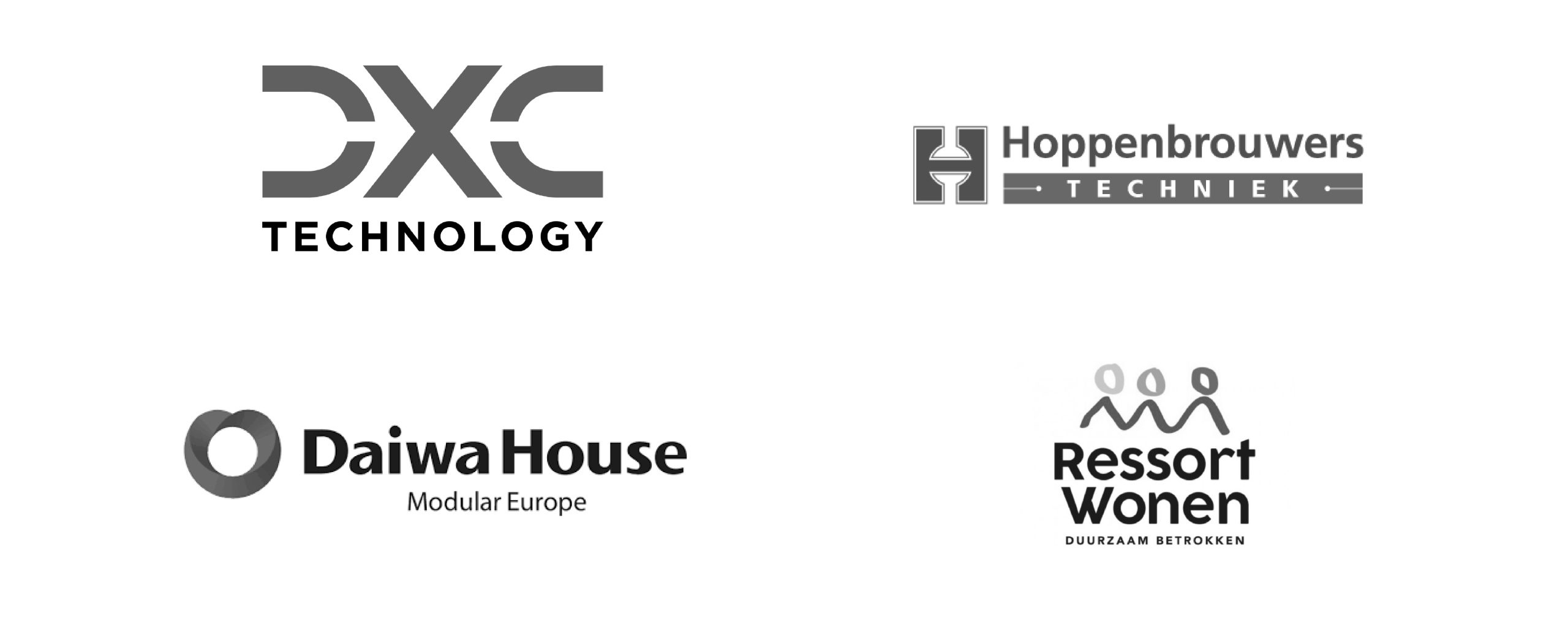
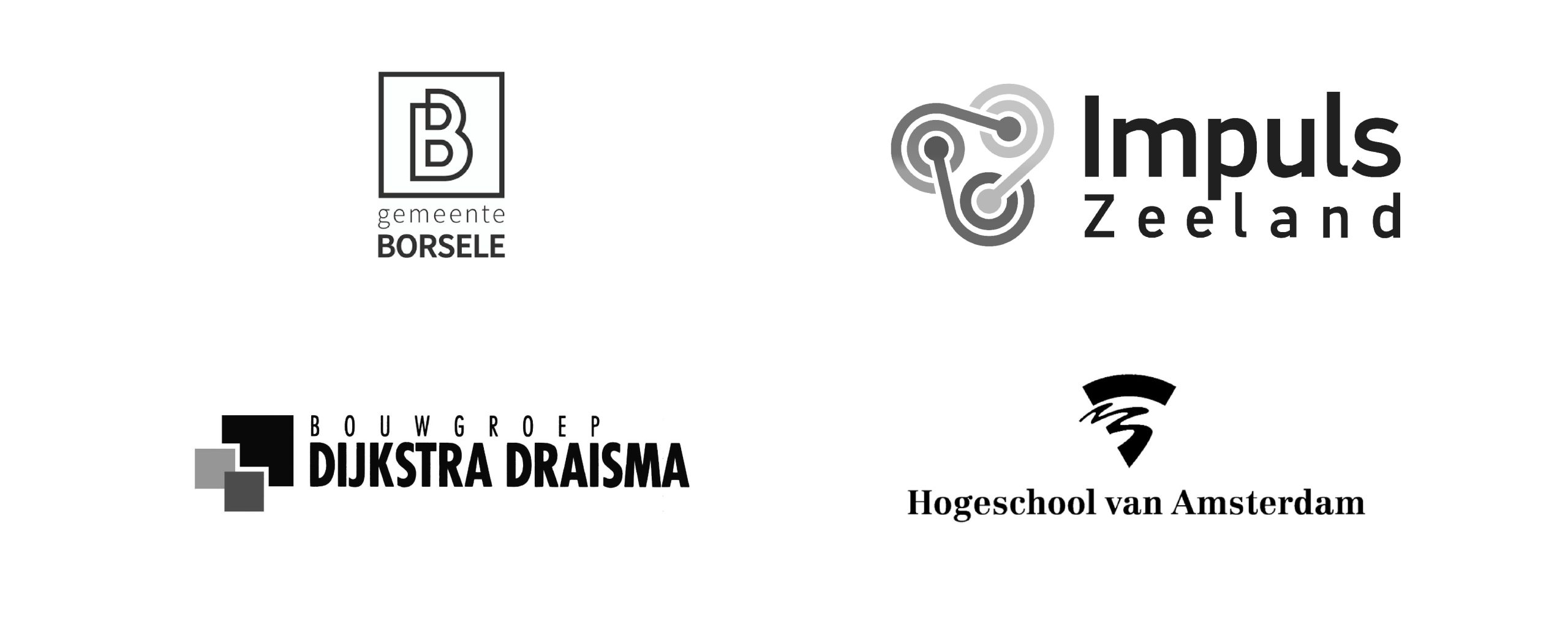
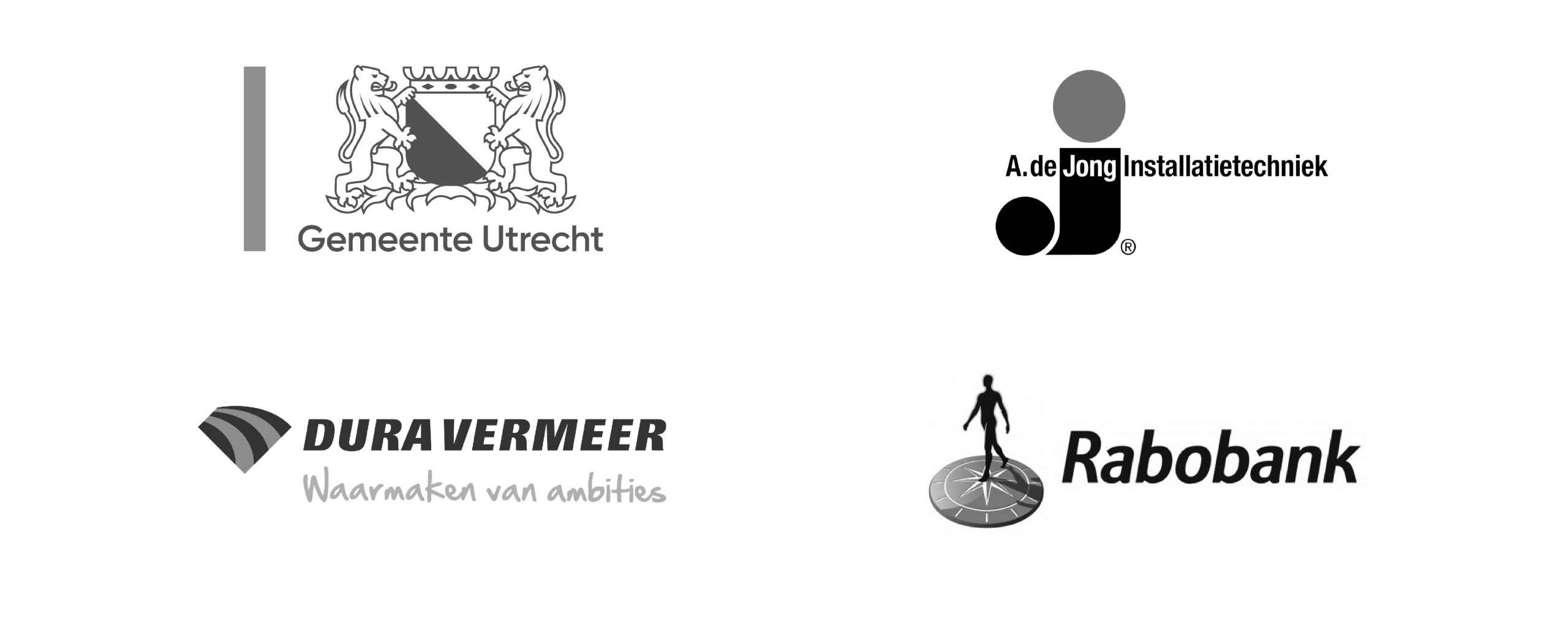
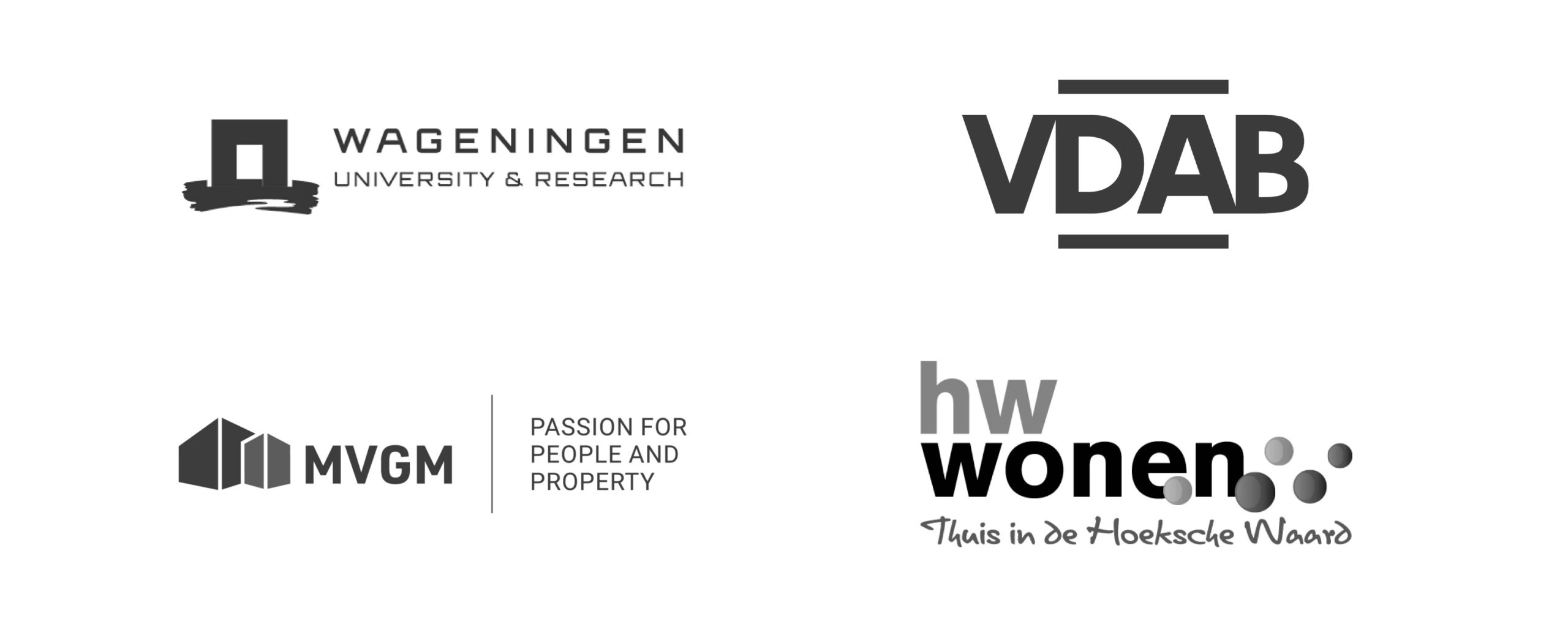
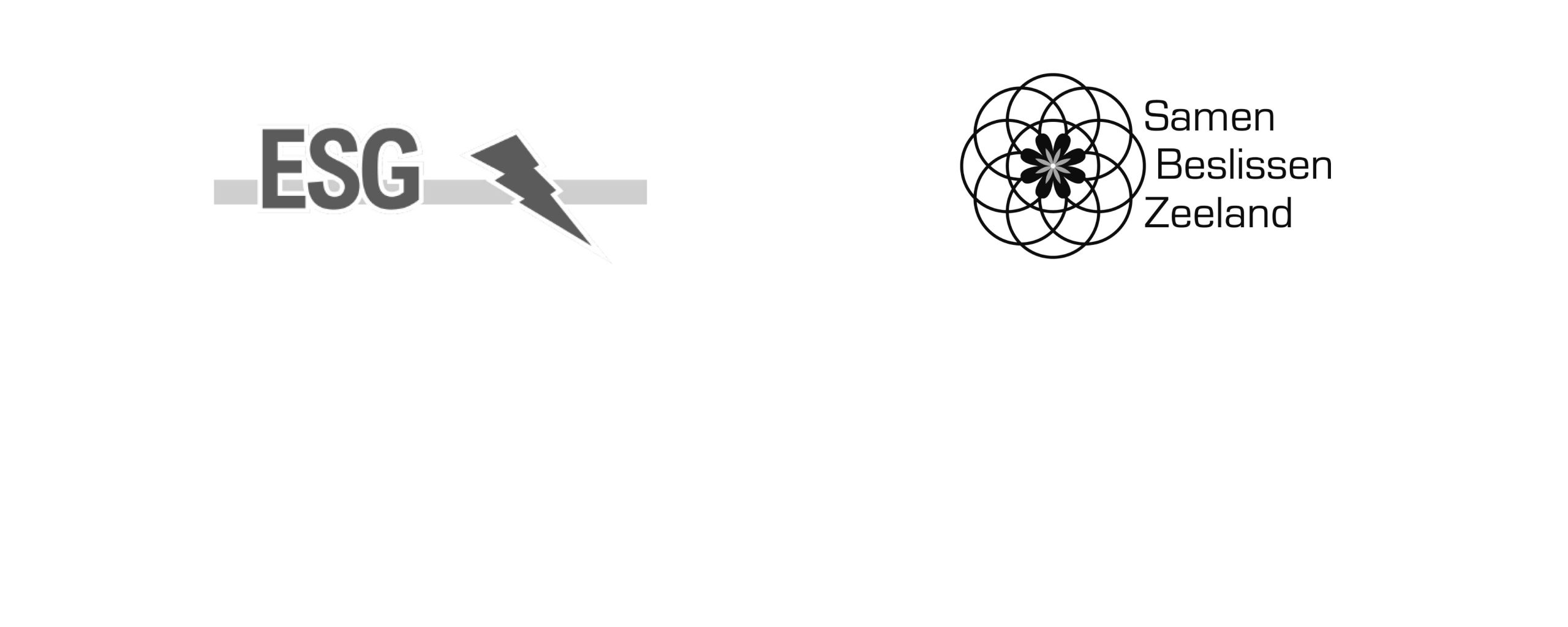
complained about a lack of space,
but in reality more than enough
study and workspaces existed.
working together to realize monitoring
and reports for zero-energy homes.
responsibly with dementia?
That was the question
Samen Beslissen Zeeland had.
University complained about a
lack of space, but in reality more
than enough study and
workspaces existed.
are working together to realize
monitoring and reports for
zero-energy homes.
responsibly with dementia?
That was the question Samen
Beslissen Zeeland had.
News
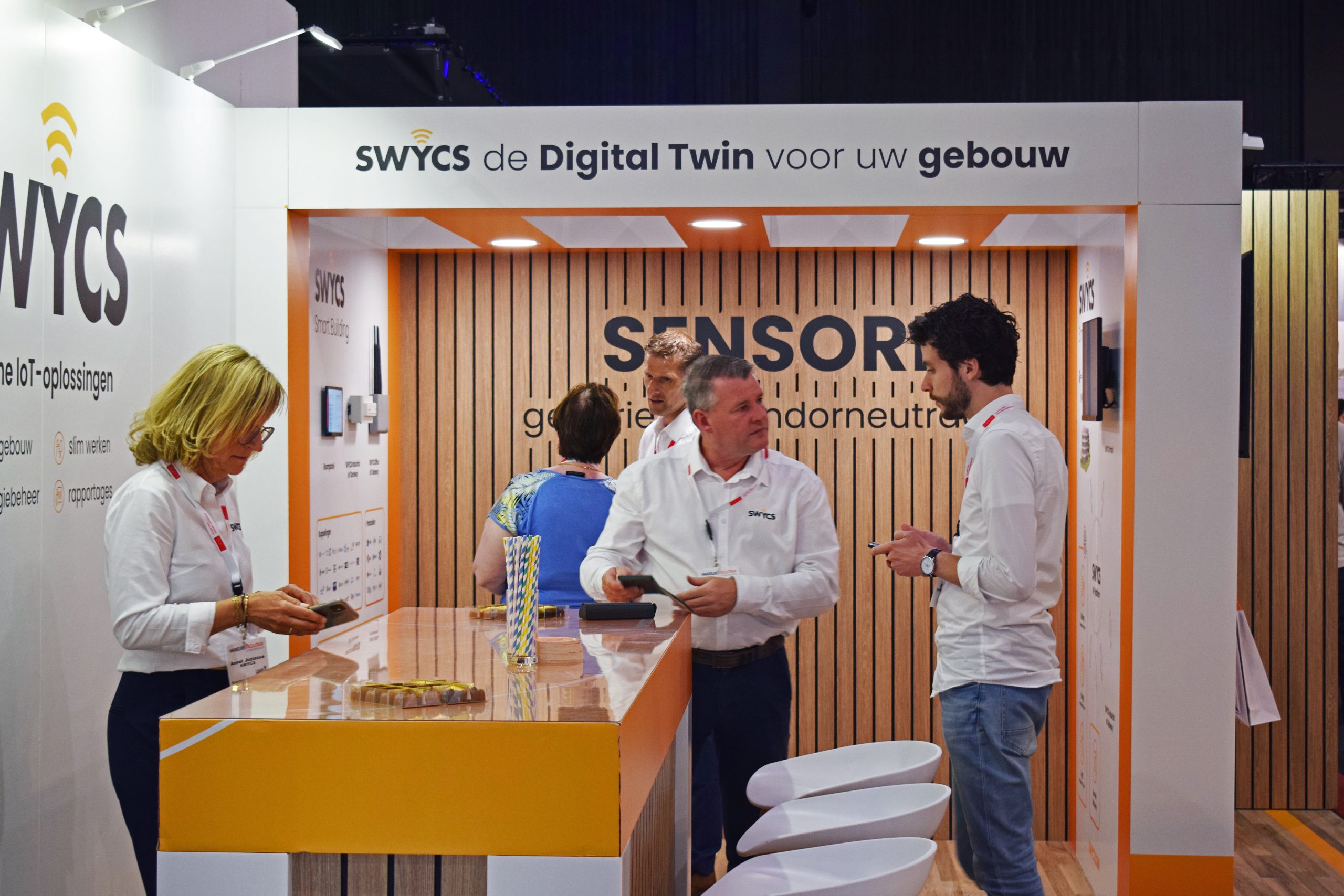
The Facility & Building Management trade fair 2025 is over!
We look back on an inspiring edition full of pleasant conversations, new
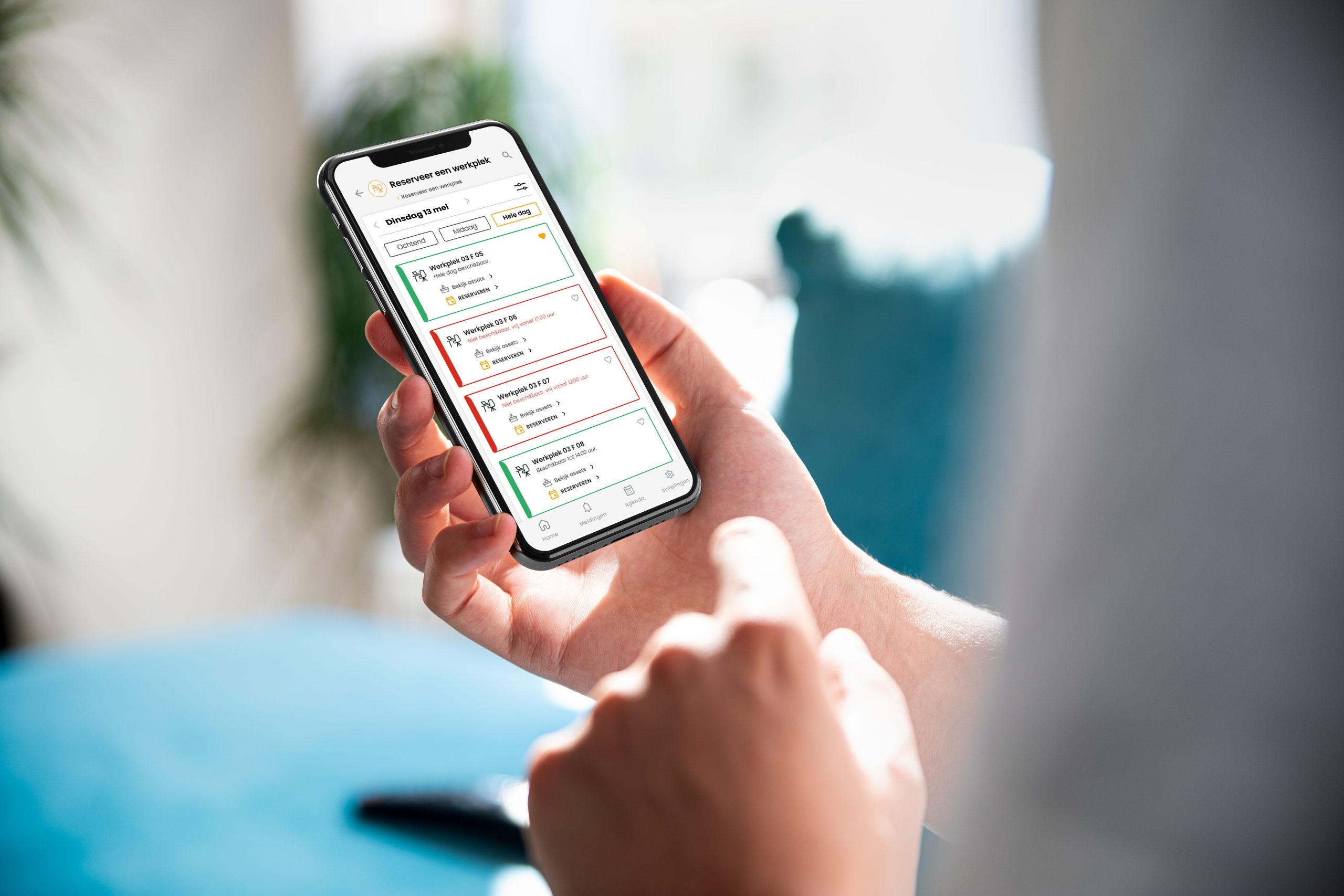
Discover the upgraded SWYCS reservation module!
At SWYCS, we never stand still, and our reservation module has received
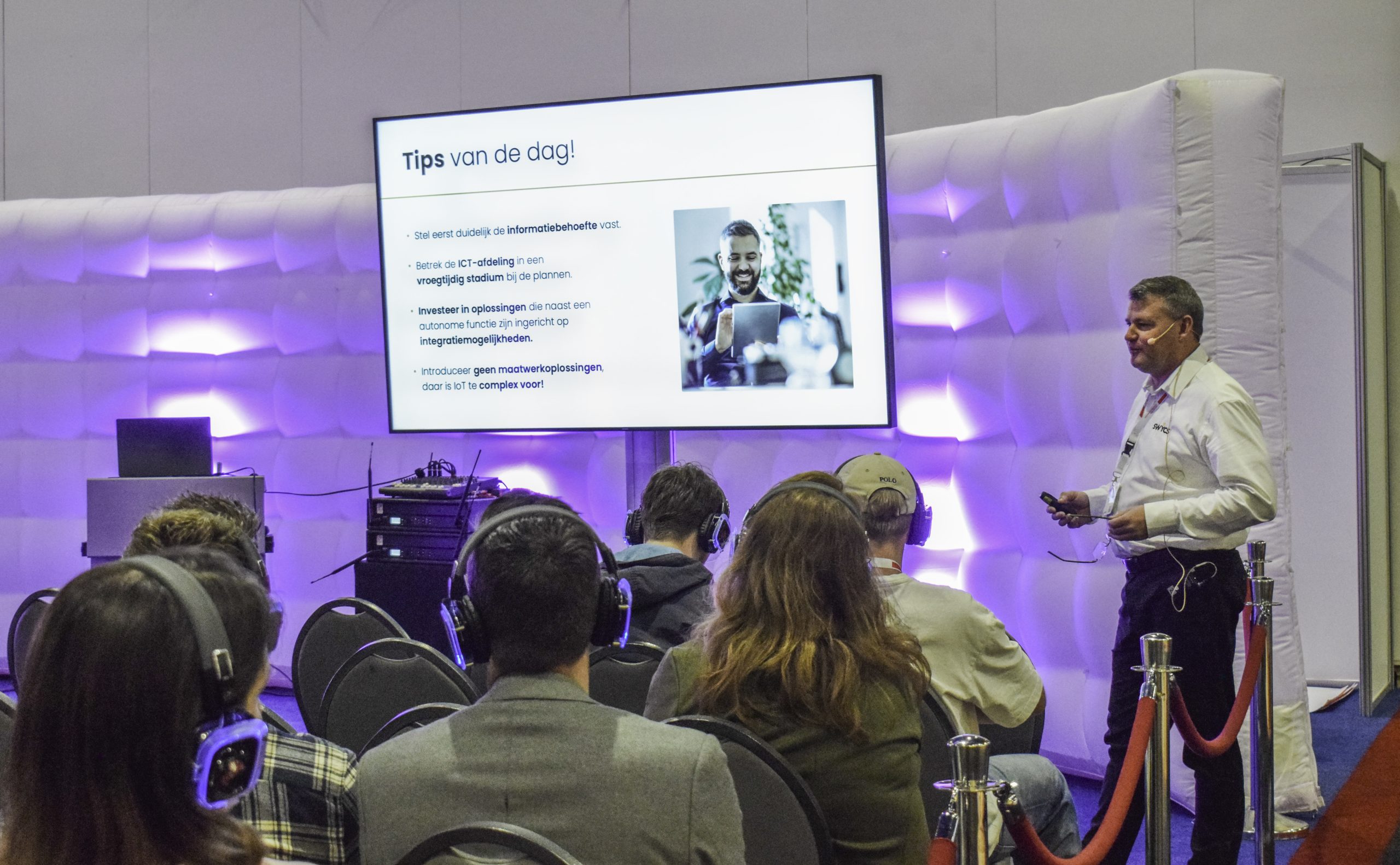
Internet of Things gives you energy!
SWYCS will be attending the Facility & Building Management Trade Fair on



